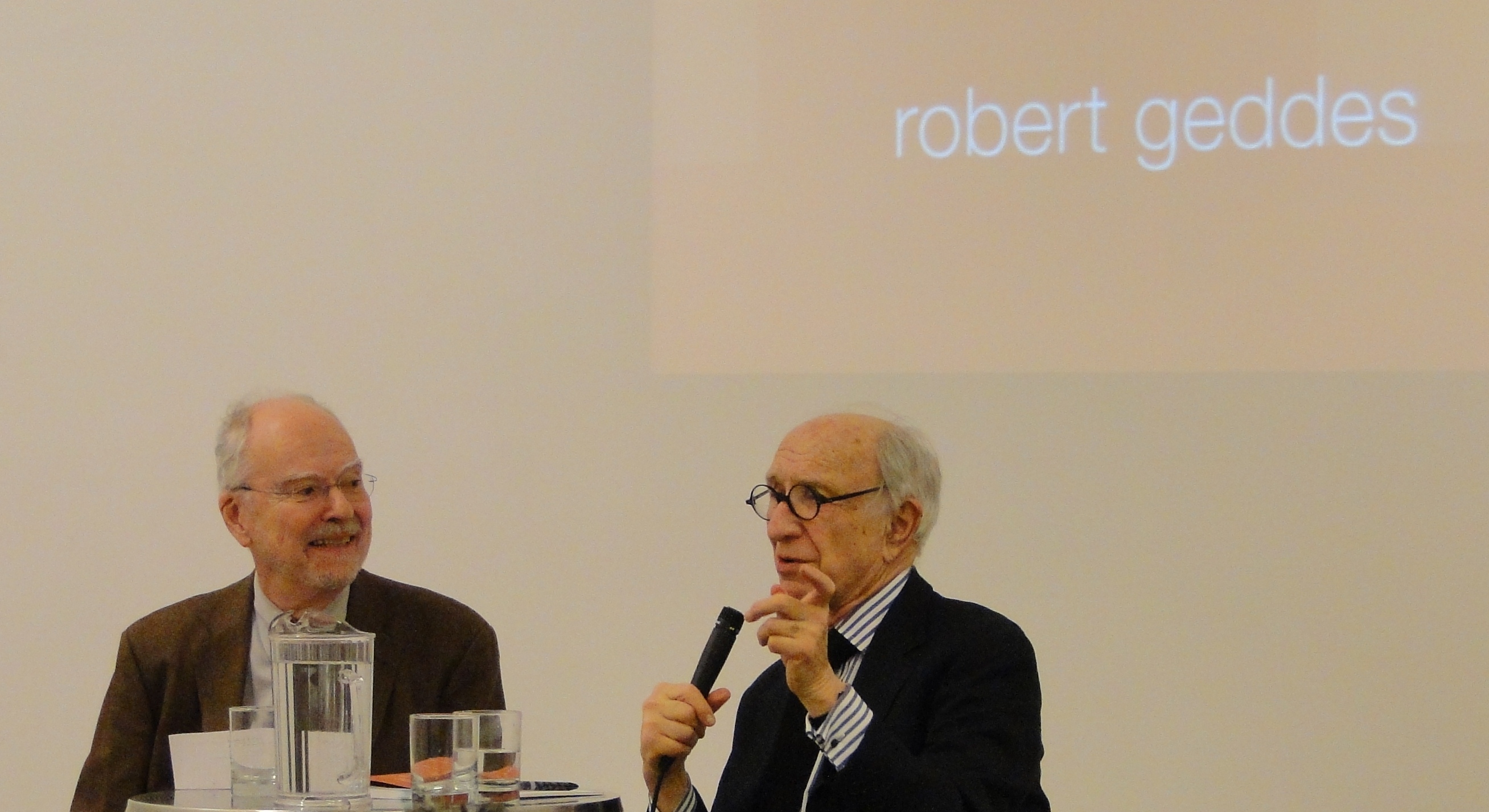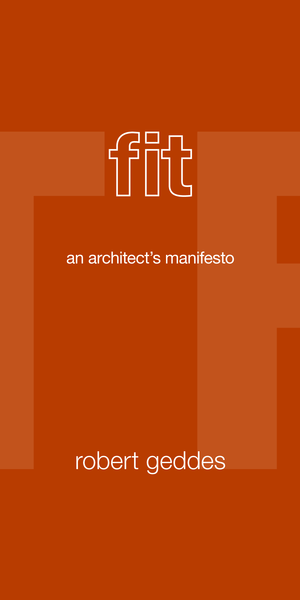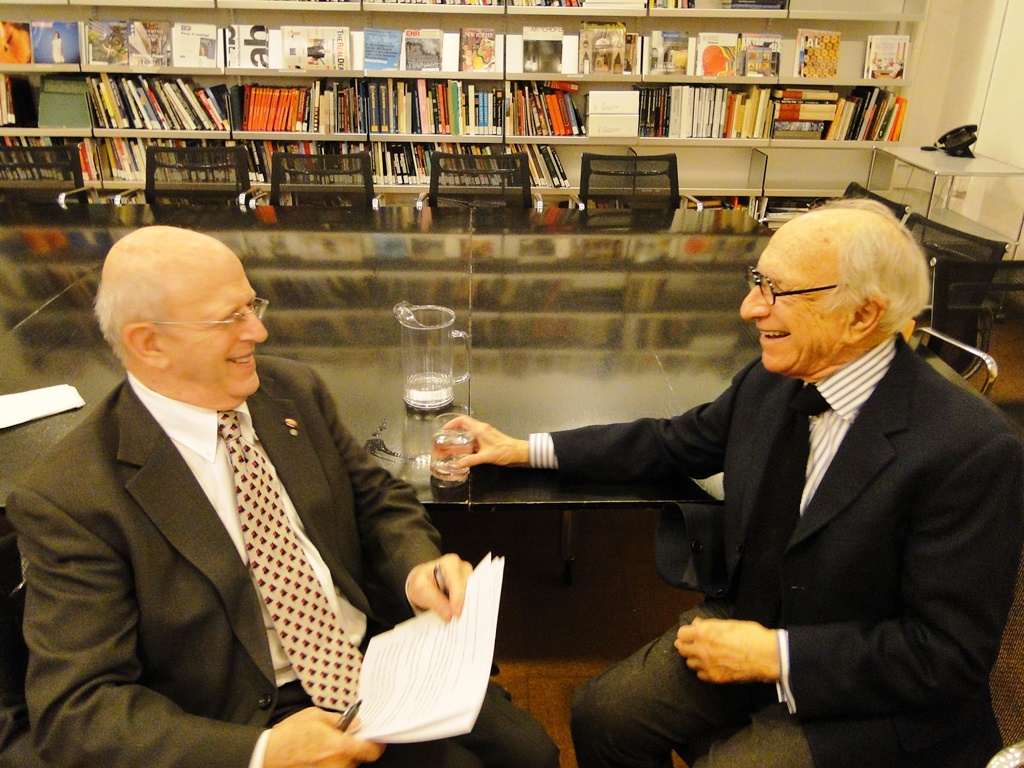by: Maxinne Rhea Leighton Assoc. AIA
FIT: An Architect’s Manifesto
Robert Geddes, FAIA
Princeton University Press, 2013
As 2012 drew to a close, conversations at the Center for Architecture were ever more focused two topics. One was the impact of design within the context of public space. The other was how rising sea levels and climate change would impact how we design and protect our vulnerable coastal communities. With this in mind, I cannot imagine a more perfect way to begin the 2013 Oculus Book Talk series than with FIT: An Architect’s Manifesto by the esteemed urbanist, architect, and professor Robert Geddes, FAIA.
FIT, which argues that design should fit the purpose, fit the place, and future possibilities, is a book that is written with an economy of words – and an economy of size (think the Zagat rectangle). Writing in a style that is both poetic and pragmatic, Geddes asks: “Why do we design where we live and work? Why do we not just live in nature, or in chaos? Why does society care about architecture? Why does it really matter?”
In his words and those of Henry David Thoreau, Jane Jacobs, and others, Geddes illustrates by example how buildings, landscapes, and our cities have been designed to “fit” through the decades. Citing 10 instances, including the New York Public Library, Rockefeller Center, and the Apple Store on Fifth Avenue, each built in very different time periods, different styles of architectures, and for three very different uses. What do they all have in common? They FIT!
So what inspired FIT, a manifesto about architecture and society? At the 02.14.13 book talk at the Center, Geddes shared with the crowd that he wrote the book, in part, as a response to the words of Nathan Glazer at Geddes’ 50th reunion at the Harvard Graduate School of Design.
Geddes described Glazer – a social scientist, urbanist, and a lover of architecture – as a “beloved person and public intellectual who had grown disillusioned by the failure of architects and planners in dealing with contemporary urban life.” He added that Glazer thought this because “architects were now more interested in astonishing and amusing their elite clients then fulfilling what had been the professions former purpose: to improve the lives of everyday people.“
As to the second thing that inspired Fit,it was what he carried in the pocket of his trench coat during WWII – the 1944 publication of a British wartime pocket version of The Civilization of the Renaissance in Italy. Two paintings from that book are on the opening pages of Fit, one of which is “The Effects of Good Government” (1337-1339), a large fresco by Ambroglo Lorenzetti on the eastern wall of the Council Room in the Palazzo Publican of Siena. Geddes went onto say that the room’s western wall shows the opposite effect, “Bad Government.”
Later in Fit, Geddes writes further about architecture, nature, and government, describing how the “vivid idea of nature is embodied in the United States Capitol building in Washington, DC.” Geddes continues: “It has entrance porches with colonnades, like a forest edge, leading into an interior colonnade surrounding a skylight-domed hall, like a clearing in the forest. These ideas have a common source: the spatial forms of nature.”
As crowds filled the National Mall to witness the inauguration of Barack Obama, I thought that just like the U.S. Capitol, the National Mall continues to FIT the purpose, FIT the place, and FIT future possibilities. FIT’s message transcends professional architecture practice: it should be given to everyone in the U.S. Senate and House of Representatives.










